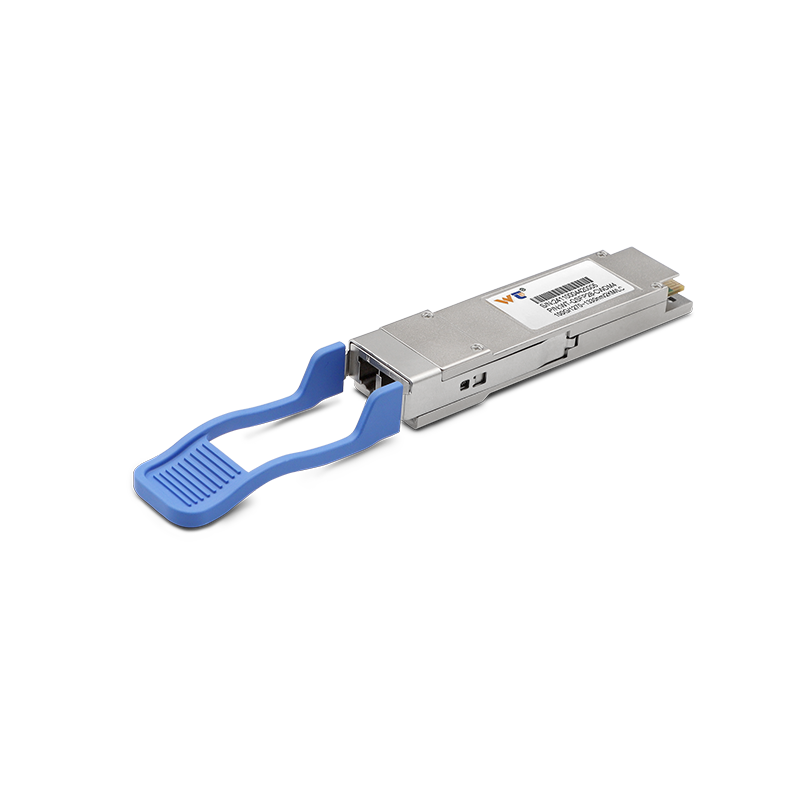In today’s tech-driven world, having a solid grasp on IP addresses is not just a bonus for aspiring network engineers—it’s more of a necessity. So, dear friends, join me as we dive into the fascinating realm of six noteworthy IP addresses that every network engineer ought to know. These addresses hold unique roles in the network system, and understanding them can truly elevate your skills in networking. Let's embark on this enlightening journey together, shall we?
First up, we have the loopback address (127.0.0.1). This unassuming little number is a lifesaver when it comes to diagnostics and troubleshooting. Think of it as your computer’s mirror; it allows devices to chat with themselves, making it perfect for testing whether network hardware and software are playing nice. Next, we encounter the link-local address (169.254.0.0), a handy solution for devices on the same network segment. This address enables communication without requiring an external DHCP server—a true win in smaller networks! Don't forget about APIPA (Automatic Private IP Addressing), which falls right in line with link-local addresses, automatically handing out IPs when there’s no DHCP service in sight.
Now, let’s turn our attention to private IP addresses (10.x.x.x, 172.16.x.x - 172.31.x.x, 192.168.x.x). These are the unsung heroes of internal networks. Not directly visible on the internet, they boost security and manage local traffic efficiently. Then there’s the broadcast address, which boldly sends data to every device in a subnet—think of it as a loudspeaker for your network, ensuring everyone gets the message. And let’s not forget the multicast address (224.0.0.0), which is essential for streaming and real-time communication. It’s about delivering content to several destinations without overwhelming the network.
But understanding these IP addresses isn’t just about memorizing definitions; it’s really about grasping their practical applications and underlying principles. For instance, loopback addresses let you run tests without worrying about whether your network is reachable. Link-local addresses are great for small networks where efficiency is key and external servers just add unnecessary complexity. As for private IP addresses, they create a barrier against the chaos of the outside world, helping you maintain a secure network. The broadcast address ensures data flows smoothly, while the multicast address is all about targeted data delivery to multiple endpoints. Seriously, each of these special addresses plays a major role in keeping networks running smoothly, especially in big organizations.
Now, let's talk about how to really master these special addresses. Step 1: Get cozy with each address's characteristics. Create flashcards that outline what they do—this can make learning feel a bit like a game. Step 2: Build a basic lab environment using virtual machines so you can practice stuff like loopback testing and setting up private addresses. Step 3: Leverage network simulation tools like Cisco Packet Tracer to really visualize what broadcast and multicast addresses can do. Step 4: Play around with APIPA scenarios; turn off the DHCP and see how devices assign themselves those link-local addresses. Step 5: Collaborate with your peers; it’s amazing how much you can learn from troubleshooting real network setups together.
If you’re keen on sharpening your networking skills, why not dip your toes into the waters of IPv6 technology? Exploring its unique addressing could open up new horizons for you. Future research could delve into how those special IPv6 addresses reshape modern networking practices and affect network security, and, trust me, that would be an exciting topic to tackle!
So, what special IP addresses do you find yourself using on a daily basis?
By embedding these practices into your routine, you’ll likely see a significant boost in your ability to troubleshoot and manage networks effectively.
A few questions to consider as you get your hands dirty:
- How does the loopback address simplify application testing?
- Why are private IP addresses a cornerstone for internal network security?
- What sets multicast apart from broadcast addressing?
As you step into the world of hands-on applications, remember that there’s no substitute for real experience. Creating your own network simulations and experimenting with these addresses will solidify your knowledge. Reach out and collaborate with others; every bit of experimentation brings you closer to mastering real-world challenges.
To wrap things up, knowing and utilizing special IP addresses can really transform how effective you are as a network engineer. By familiarizing yourself with loopback, link-local, private, broadcast, and multicast addresses, you’re equipping yourself with the essential tools to tackle and resolve complex network issues. This foundational understanding of IP addressing not only paves the way for smoother network operations but also gears you up for future advancements in the field. Embrace these concepts, keep practicing, and watch as your professional capabilities in the dynamic world of network engineering soar!






